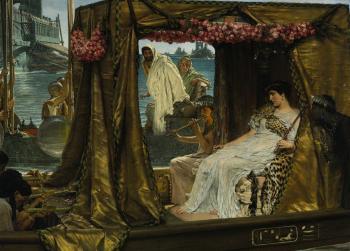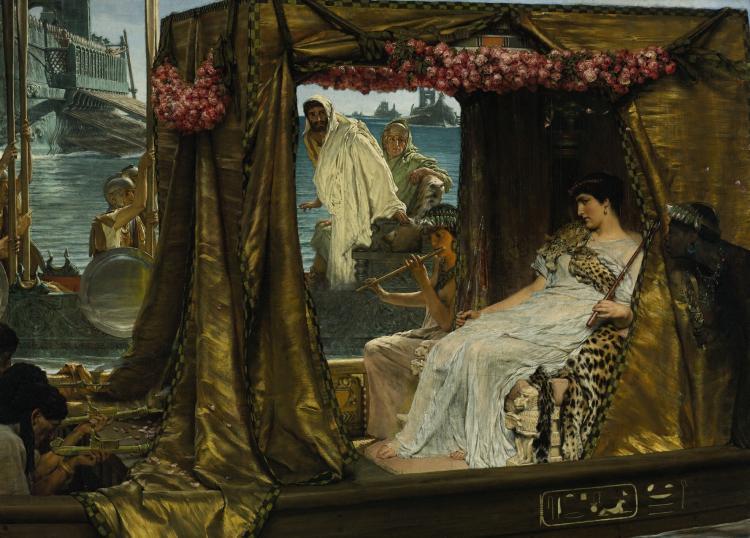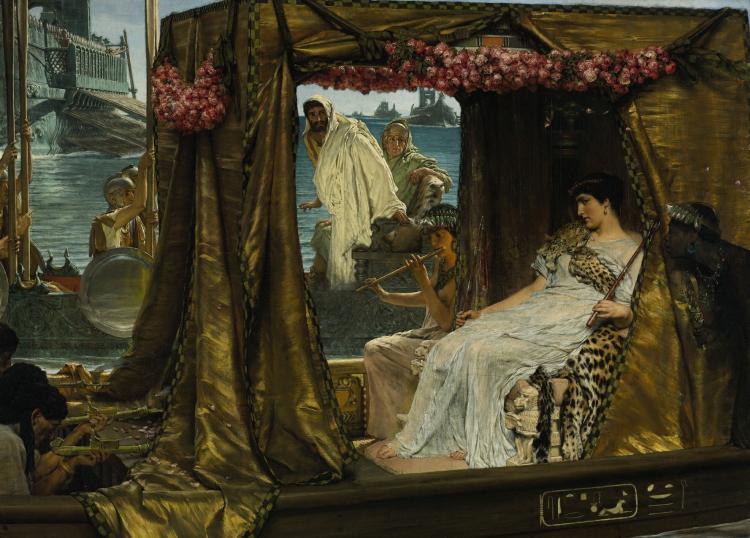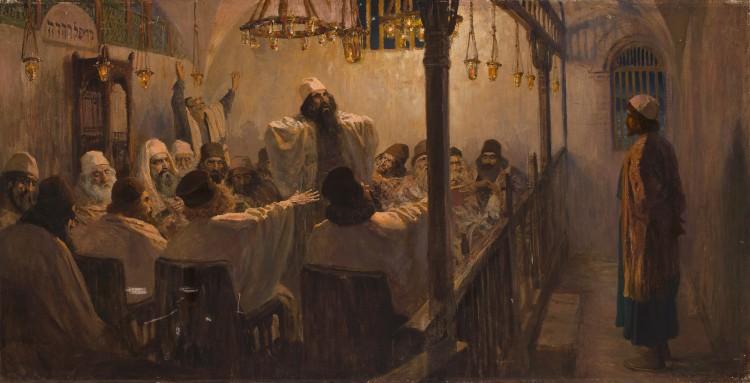Exciting Results Expected for Alma-Tadema Masterpiece
Sir Lawrence Alma-Tadema draws inspiration from Shakespeare’s play in depicting the memory of Antony’s first encounter with Cleopatra.

VICTORIAN MASTER: 'The Meeting of Antony and Cleopatra, 41 B. C.' by Sir Lawrence Alma-Tadema. Courtesy of Sothebys
|Updated:





